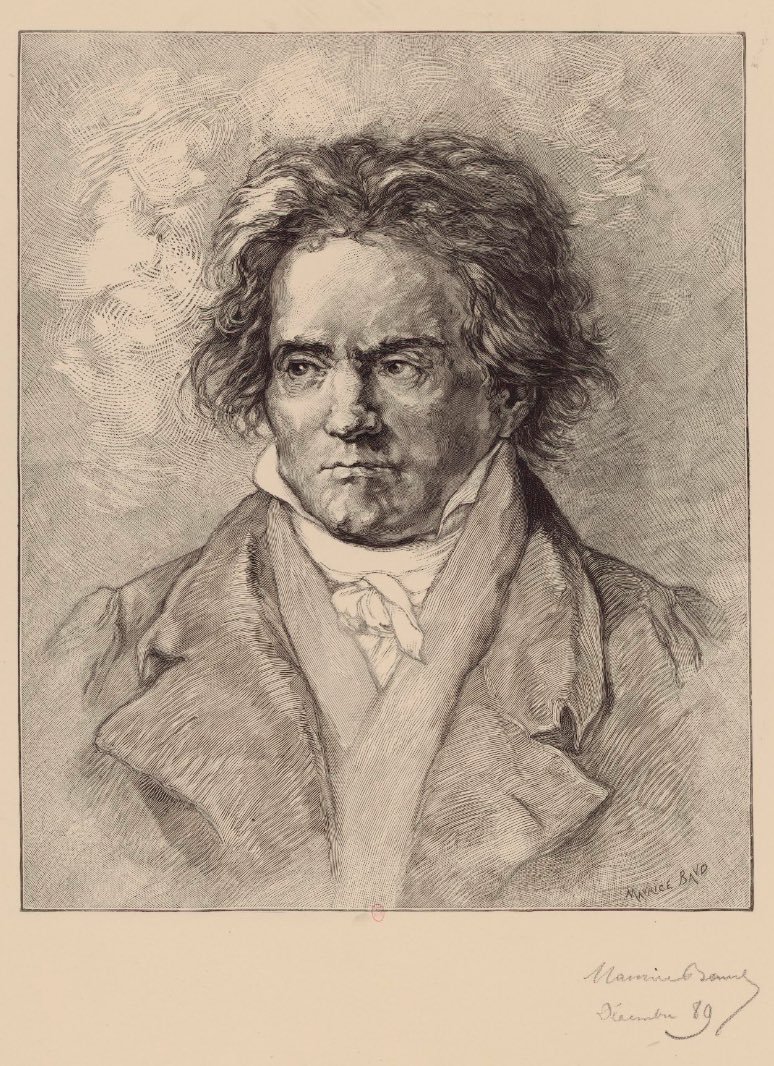An overview of the slow movements from Bruckner‘s nine Symphonies; in celebration of his birth date (4 September 1824) the great breadth of which has always astonished and deeply moved me.
First Symphony in c minor:
First Symphony in c minor:
Second Symphony in c minor:
Third Symphony in d minor:
Fourth Symphony in E♭ major:
Fifth Symphony in B♭ major:
Sixth Symphony in A major:
Seventh Symphony in E major:
Eighth Symphony in c minor:
Ninth Symphony in d minor:
As there are two other symphonies Bruckner “cancelled out” there are two additional adagios:
The first is from the Study Symphony in f minor, often called the “doppelnull” or 00th symphony and labelled by Bruckner himself as “Schularbeit”:
The first is from the Study Symphony in f minor, often called the “doppelnull” or 00th symphony and labelled by Bruckner himself as “Schularbeit”:
The second from the “zeroeth” symphony in d minor. An unkind comment from the conductor Otto Dessoff (“but, where is the main theme?”) reportedly caused the insecure Bruckner to scrawl on the manuscript the words “gilt nicht” and “annullirt”:
• • •
Missing some Tweet in this thread? You can try to
force a refresh













